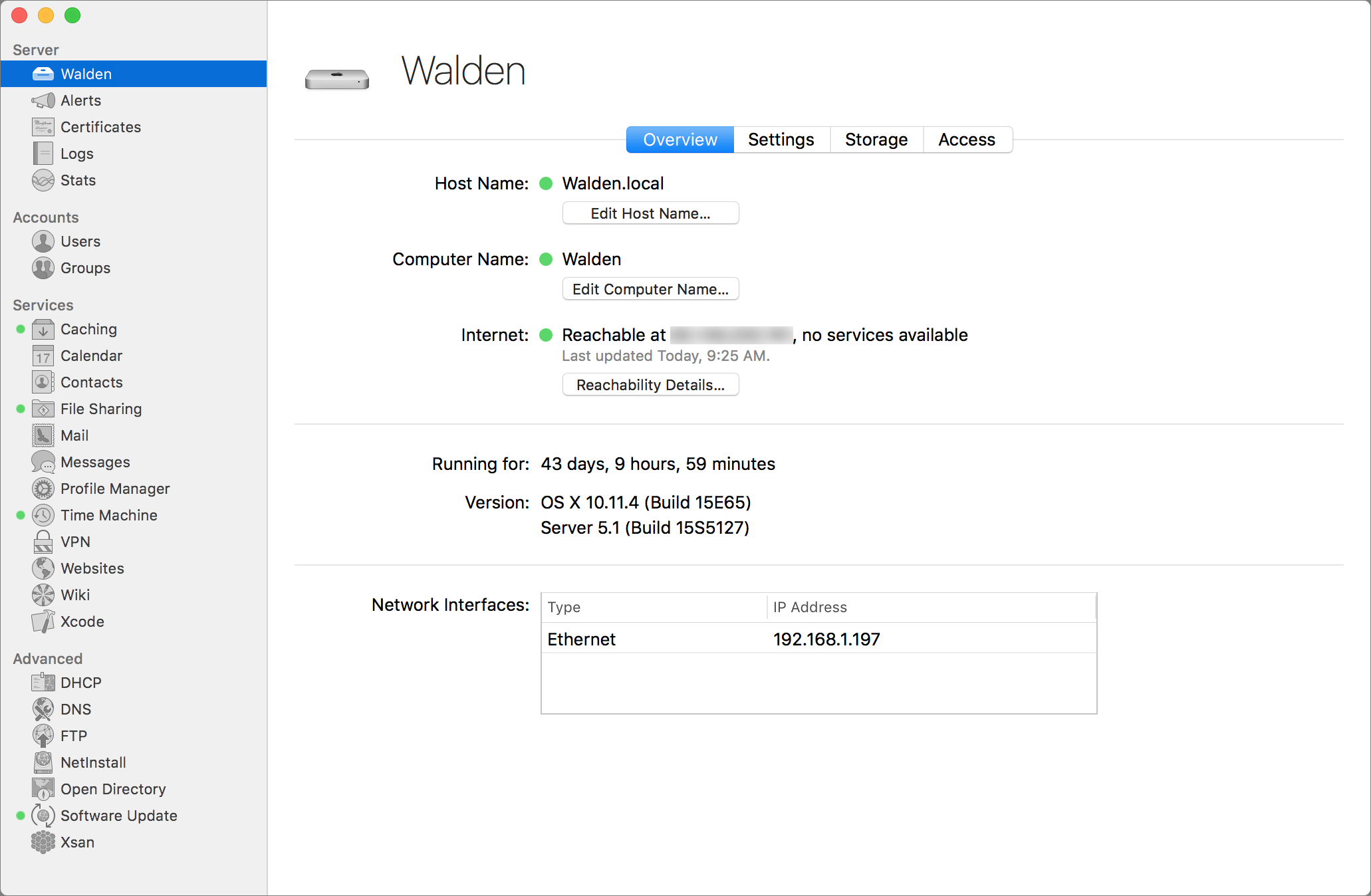


Each provider can then send notification requests targeting any device for which the provider has a valid device token.įigure 6-2Pushing remote notifications from multiple providers to multiple devices Quality of Service, Store-and-Forward, and Coalesced NotificationsĪpple Push Notification service includes a Quality of Service (QoS) component that performs a store-and-forward function. To handle the notification load, you would typically deploy multiple providers, each one with its own persistent and secure connection to APNs. Establishing this secure channel is described in Security Architecture.įigure 6-2 depicts the sort of virtual network that APNs enables for the devices running your apps. Send the HTTP/2 request to APNs, including cryptographic credentials in the form of a token or a certificate, over a persistent, secure channel. For information about the HTTP/2 request format, and the possible responses and errors from APNs, see Communicating with APNs. For information about device tokens, see APNs-to-Device Connection Trust and Device Tokens. This allows a provider to know about each running instance your app.ĭetermining, according to the design of your notification system, when remote notifications need to be sent to each device.īuilding and sending notification requests to APNs, each request containing a notification payload and delivery information APNs then delivers corresponding notifications to the intended devices on your behalf.įor each remote notification request a provider sends, it must:Ĭonstruct a JSON dictionary containing the notification’s payload, as described in Creating the Remote Notification Payload.Īdd the payload, a globally-unique device token, and other delivery information to an HTTP/2 request. Receiving, via APNs, globally-unique, app-specific device tokens and other relevant data from instances of your app on user devices. Your provider servers have the following responsibilities for participating with APNs: If the device is powered off when APNs sends a notification, APNs holds on to the notification and tries again later (for details, see Quality of Service, Store-and-Forward, and Coalesced Notifications). If a notification for your app arrives with the device powered on but with the app not running, the system can still display the notification. On receipt of a notification, the system delivers the payload to the appropriate app on the device, and manages interactions with the user. APNs conveys corresponding notification payloads to each targeted device. With push notification setup complete on your providers and in your app, your providers can then send notification requests to APNs. Figure 6-1 shows the path of delivery for a remote notification.įigure 6-1Delivering a remote notification from a provider to an app

A provider is a server, that you deploy and manage, that you configure to work with APNs. The other half of the connection for sending notifications-the persistent, secure channel between a provider server and APNs-requires configuration in your online developer account and the use of Apple-supplied cryptographic certificates. This connection allows your app to perform setup to enable it to receive notifications, as explained in Configuring Remote Notification Support. On initial launch of your app on a user’s device, the system automatically establishes an accredited, encrypted, and persistent IP connection between your app and APNs. It is a robust, secure, and highly efficient service for app developers to propagate information to iOS (and, indirectly, watchOS), tvOS, and macOS devices. Apple said it fired the employee due to poor work performance.Apple Push Notification service (APNs) is the centerpiece of the remote notifications feature. An Apple reviewer that approved an app associated with him was fired after Chinese officials contacted the company. Some apps related to gay dating services and foreign news organizations also disappeared from the store.Ī critic of the Communist Party, Guo Wengui, was also a banned topic on Apple's Chinese App Store, according to internal communications viewed by the Times. Topics on those apps that would get flagged include the Dalai Lama and independence for Taiwan, which China argues is a province of the nation. Read more: It's clear the US does not care about China's face anymoreĪpple employees were tasked with flagging apps that company management perceived would anger the Chinese government, per the report. The tech giant has also complied with the Communist Party's demands to censor about 55,000 apps from its App Store since 2017 that authorities deemed to be harmful to the government's values, sources told the Times.


 0 kommentar(er)
0 kommentar(er)
